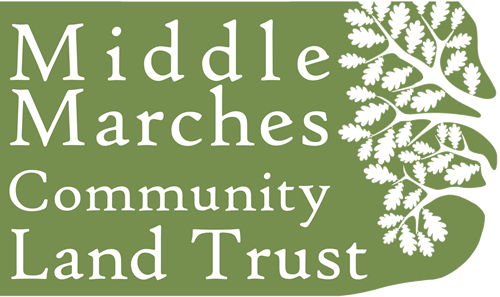Crinoid
By Rob Rowe (March 2020)
Sitting on the bare soil under the oak tree are two similar objects. Superficially similar in size and shape. Both oval and about three inches long. One an owl pellet; brown like bran, rain-washed to reveal the protruding mass of tiny white bones and skull.
The other a small stone light grey in colour and this also contains many small white inclusions. Too small for my eye it needs a hand lens which reveals a multitude of tiny circles and cylinders. I think that they are fossil Crinoids and the rock is limestone. Crinoids, sometimes called sea lilies, are in fact animals and have existed for aeons in different forms.
How strange that these two objects lie here side by side each containing a residue of life but separated in time by a couple of hundred million years. The pellet was brought up by an owl and the pebble was brought down by a glacier.
On retreating northwards from here at the end of the last ice age much detritus was left behind. This land here is covered in boulder clay which is literally ‘rock flour’ from the grinding action of the ice on stone over centuries. Within this are many rocks and boulders of all shapes, sizes and types.
Seen before heard [again]. This time the Chiffchaff. For the second year running, I have seen this warbler before hearing the call which gives the name. Chiff chaff chiff chaff.
A small olive brown bird which may have overwintered here but probably has come from further south. Then suddenly there are six of them in the blackthorn bush right next to me flitting about and darting out to feed on a cloud of midges.
Then in the background chiff chaff chiff chaff. Loud and clear. Spring’s alarm clock.
Three black headed gulls mob a buzzard. All four of them are circling and rising on a thermal and the gulls take it in turns to dive at the bigger bird who eventually gives up and flies away.
The water is falling in the scrapes. In the one, quite quickly, and the young swan that had taken up residence has left the muddy pool in disgust.
The other scrape has hardly dropped and three pairs of mallard are hanging around till I approach. They leave noisily, but quietly feeding around the edges are several wagtails. Both pied and grey and also a solitary meadow pipit, the first I have seen here.
